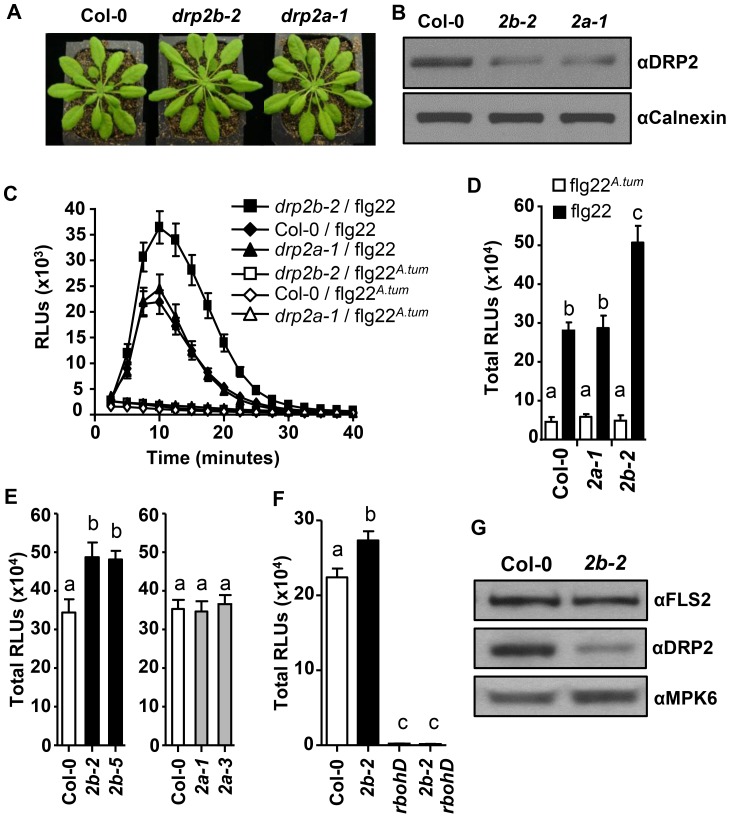Figure 1. DRP2B is a negative regulator of RbohD-dependent ROS Production in response to flg22.
(A) No gross growth defects were observed in five-to-six week-old drp2b-2 (2b-2) or drp2a-1 (2a-1) plants relative to the wildtype (Col-0). (B) Compared to Col-0, drp2b-2 (2b-2) and drp2a-1 (2a-1) single mutants exhibited reduced DRP2 protein levels as shown in immunoblot analyses of total protein extracts from un-elicited leaf tissue. αDRP2 antibody showed DRP2 protein levels, and αCalnexin was the loading control. (C) In time-course experiments, ROS production was elevated in drp2b-2 compared to Col-0 and drp2a-1 in response to 0.1 µM of active flg22 (filled shapes; n = 24/genotype) but not inactive flg22A.tum (open shapes; n = 8/genotype). (D) Compared to Col-0 and drp2a-1 (2a-1), total ROS production was significantly increased in drp2b-2 (2b-2) after elicitation with 0.1 µM of active flg22 (P<0.0003) but not in response to inactive flg22A.tum (P>0.5). Data were based on time-course experiment shown in Figure (C). (E) Independent drp2b (black bars), but not drp2a (gray bars), null mutant alleles displayed increased flg22-dependent ROS production compared to Col-0 (white bar) (P<0.007) (n = 24/genotype). (F) Similar to rbohD single mutants, drp2b-2 rbohD double mutants (2b-2 rbohD) did not produce any ROS in response to 0.1 µM active flg22 (P>0.125). (n = 24/genotype and treatment). (G) Steady-state protein levels of FLS2 were similar between Col-0 and drp2b-2 (2b-2) as shown by immunoblot analyses of total proteins extracts from un-elicited leaf tissue using αFLS2 and αDRP2 antibodies. αMPK6 served as a loading control. All experiments were done in 5-week old leaf tissue and repeated more than three independent times with similar results. Values are mean ± SE. Different letters indicate significant differences while the same letter indicates no significant differences between samples based on Two-tailed student's t-test. Relative Light Units, RLU.

